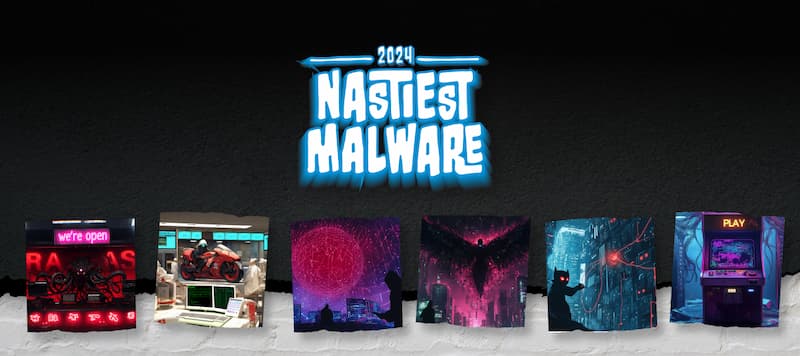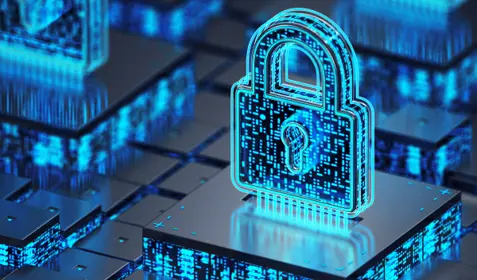Methodist Hospital in Kentucky became the latest high-profile victim of ransomware last week after a nasty computer virus known as “Locky” encrypted digital files, caused unexpected system downtime and forced hospital staff to declare an “internal state of emergency.”
Like all forms of ransomware, Locky was designed by cybercriminals to take computer files hostage and demand that the victim pay a hefty ransom to get them back. And in many cases of ransomware, the victims simply choose to pay up. The problem is that even when victims pay, there’s no guarantee their data will be returned by cybercriminals.
And paying the ransom can be a logistical nightmare. Just ask Inna Simone, a Massachusetts senior whose data was taken hostage by cybercriminals on the other side of the world. Simone told her story last fall during an episode of NPR’s RadioLab.
Cybercriminals typically demand that the ransom be paid in Bitcoin, a relatively new form of digital currency that’s notoriously difficult to trace. Simone had to fill out reams of paperwork to acquire $500 worth of bitcoins, only to learn that the value of the currency had dropped when she went to pay up. The result? Simone didn’t have enough to pay the ransom and had to jump through several additional hoops to get her data back. Click the player below to hear the entire story:
In February, Hollywood Presbyterian Medical Center paid $17,000 following a ransomware attack that paralyzed important medical equipment and blocked access to patient files. The medical center ultimately regained access to its IT systems, but not before incoming patients had to be diverted to different area hospitals.
Indeed, 2016 has been a frighteningly successful year for cybercriminals. Just last week the world learned about a global malvertising scheme, where cybercriminals created malicious digital advertisements and uploaded them to online ad networks that distributed across the Web. The scheme led to a major uptick in ransomware infections and embarrassed some of the biggest names in online publishing, including The New York Times, BBC, MSN, the NFL and AOL.
And if any Mac users think they’re safe from ransomware – better think again. Authorities believe the first-ever ransomware attack against Apple Macintosh OS X users was launched earlier this month, and you can bet there will be more.
With cloud backup, you don’t have to pay
One way to protect yourself from ransomware is to practice good digital hygiene. Don’t open email attachments unless you’re absolutely certain that they’re from trusted senders – and think twice before looking at clickbait on the Internet. But even the most vigilant and savvy computer users can fall victim to ransomware.
Firewall protection and anti-virus software are also necessary components of a ransomware-prevention strategy, but they are far from foolproof. Cybercriminals have figured out how to circumvent even the best anti-virus tools.
The only true protection is to proactively implement a high-quality cloud backup system with versioning capabilities before you’re attacked. That way, if your computer ever falls victim to ransomware, you can delete the infected files and restore clean versions from backup.
That’s how systems administrator Chad Mockensturm saved an Ohio-based healthcare facility from ransomware. Sleep & Wellness Medical Associates is another organization that used Carbonite to avoid paying ransom for their data – and the list of people saved by Carbonite cloud backup goes on.










